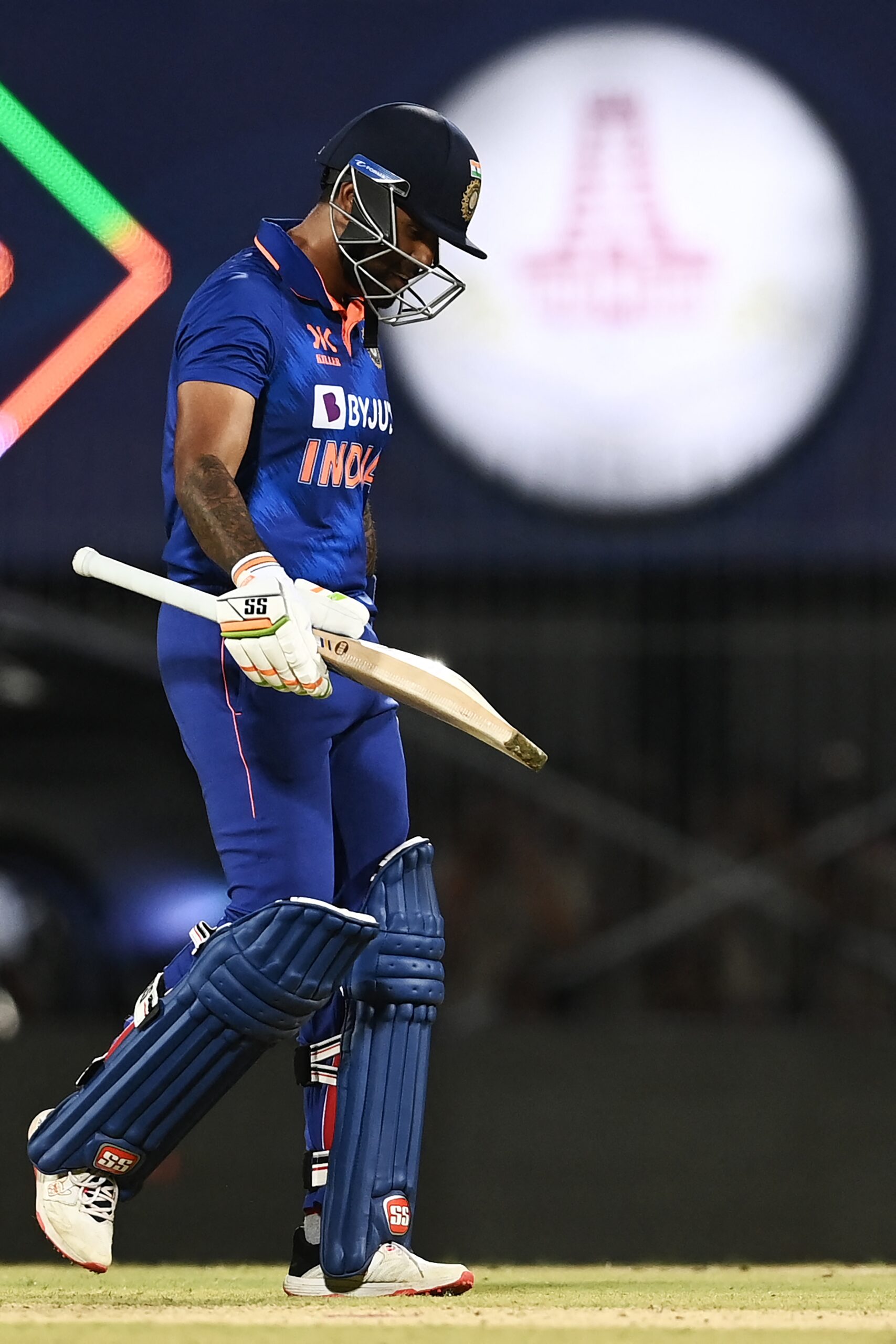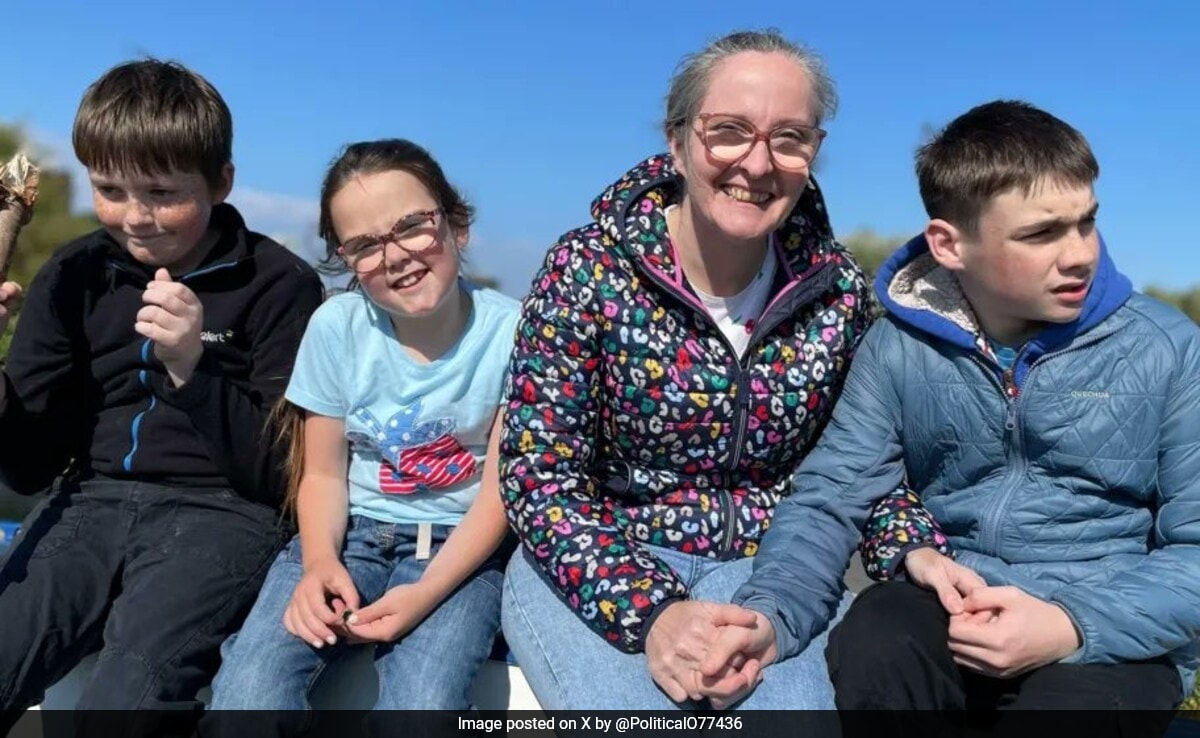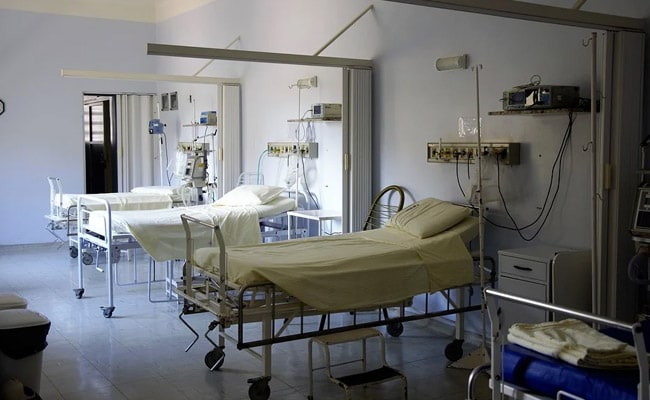Epileptic seizures result from abnormal bursts of electrical activity in the brain.
In a world-first trial, a 12-year-old boy named Oran Knowlson from Somerset received a new epilepsy device implanted in his skull. The device, a neurostimulator, sends electrical signals to his brain, significantly reducing his daily seizures by 80%. Oran suffers from Lennox-Gastaut syndrome, a severe form of epilepsy that began at age three.
His mother, Justine, told the BBC that Oran has shown dramatic improvement and described him as “happier” and finally having “a much better quality of life.”
Previously, Oran’s epilepsy dominated his life. Justine explained last year, “It has robbed him of all of his childhood.” The seizures, ranging from dozens to hundreds daily, involved violent shaking, falling, and even loss of consciousness requiring emergency resuscitation.
Oran has autism and ADHD, but Justine says his epilepsy is by far the biggest hurdle: “I had a fairly bright three-year-old, and within a few months of his seizures commencing he deteriorated rapidly, and lost a lot of skills.”
Oran’s treatment is part of a research project (CADET) testing deep brain stimulation for severe epilepsy. The project involves several hospitals (Great Ormond Street, UCL, King’s College, and Oxford) and uses a device with a neurotransmitter made by Amber Therapeutics (UK).
Epileptic seizures result from abnormal bursts of electrical activity in the brain.
The device, emitting a continuous pulse of current, aims to block or disrupt these abnormal signals.
Before the operation, Justine expressed her hope: “I want him to rediscover himself through the haze of seizures. I’d like to have my boy back.”
The surgery, lasting approximately eight hours, was conducted in October 2023.
Under the leadership of consultant paediatric neurosurgeon Martin Tisdall, the team inserted two electrodes deep into Oran’s brain, precisely reaching the thalamus-a crucial relay station for neuronal information.
The margin of error for placing the electrodes was less than a millimetre.
The ends of the electrodes were connected to the neurostimulator, a device measuring 3.5cm square and 0.6cm thick, which was positioned in a gap in Oran’s skull where bone had been removed.
The neurostimulator was then secured into the surrounding skull by screws to anchor it in place.
Previously, deep brain stimulation for childhood epilepsy involved placing neurostimulators in the chest, connected to the brain by wires extending upward. However, this approach is now evolving.
Martin Tisdall told the BBC: “This study is hopefully going to allow us to identify whether deep brain stimulation is an effective treatment for this severe type of epilepsy and is also looking at a new type of device, which is particularly useful in children because the implant is in the skull and not in the chest.
“We hope this will reduce the potential complications.”
Steps are taken to lower the risk of postoperative infections and ensure the device’s long-term functionality.
After a month of recovery from the surgery, Oran’s neurostimulator was activated. Fortunately, it’s completely painless and wirelessly rechargeable through headphones, allowing him to enjoy activities like watching TV without any disruption to his daily life.
We visited Oran and his family seven months post-op to see how they were getting on. Justine told us there had been a massive improvement in Oran’s epilepsy, “He is more alert and with no drop seizures during the day.”
His night-time seizures are also “shorter and less severe”.
“I’m definitely getting him back slowly,” she said.
Martin Tisdall said: “We are delighted that Oran and his family have seen such a huge benefit from the treatment and that it has dramatically improved his seizures and quality of life.”
Oran is now learning riding lessons.
As part of the trial, three more children with Lennox-Gastaut syndrome will be fitted with the deep brain neurostimulator.
Currently, Oran gets a constant electrical stimulus from his device.
The Picostim neurotransmitter is made by UK company Amber Therapeutics. It sits under the skull and sends electrical signals deep into the brain, reducing his daytime seizures The CADET pilot will now recruit three additional patients with Lennox-Gastaut syndrome, with a view to 22 patients being recruited to take part in a full trial.
Waiting for response to load…
















